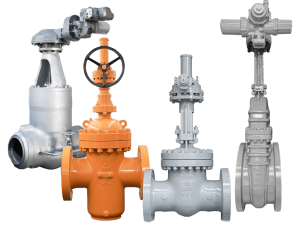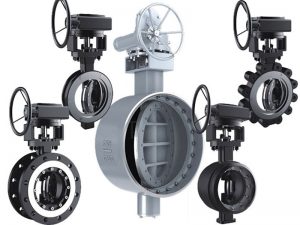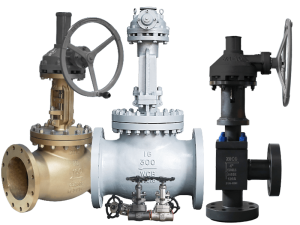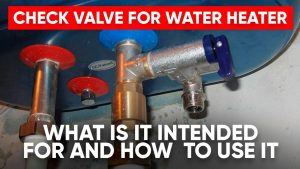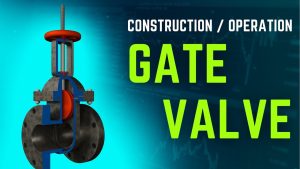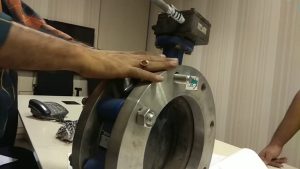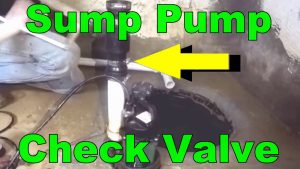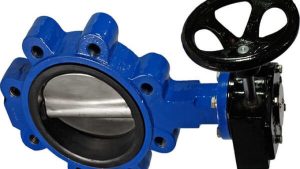Ever turned on your hot water tap and gotten… cold water? Or noticed hot water mysteriously coming out of your cold tap?
Yeah, that’s probably your water heater check valve acting up.
Este es el trato:
Finding and understanding your water heater check valve isn’t just about fixing problems. It’s about preventing expensive repairs down the road.
In this guide, as a professional válvula antirretorno manufacturer, I’ll show you exactly where to find your check valve, how to know if it’s working properly, and what to do when it’s not.
Vamos a sumergirnos.
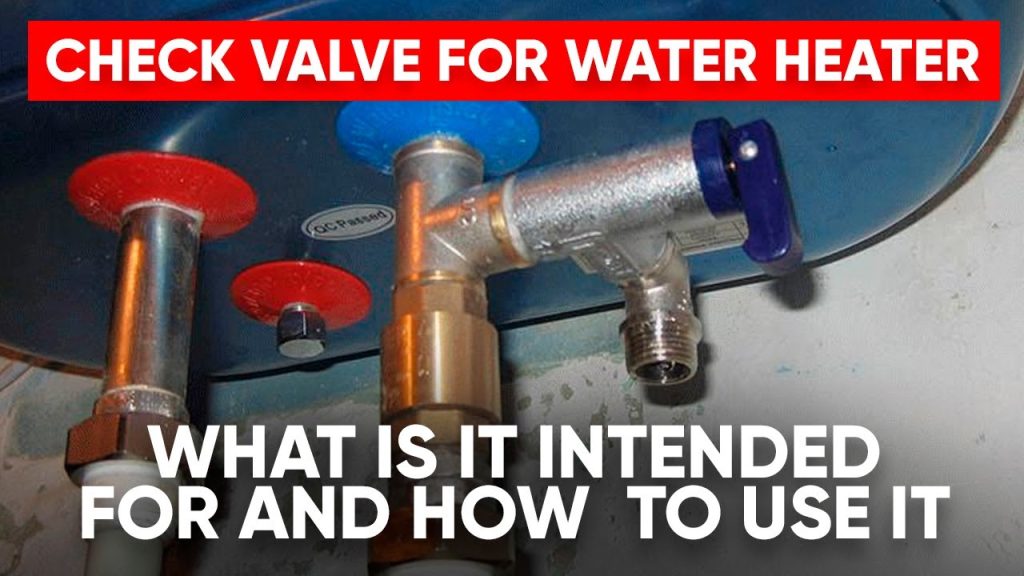
Índice
- What Is a Water Heater Check Valve (And Why Should You Care)?
- Where to Find Your Water Heater Check Valve
- Types of Check Valves You Might Find
- Signs Your Check Valve Needs Attention
- How to Test Your Check Valve
- Common Check Valve Problems (And Solutions)
- DIY vs. Professional Installation
- Maintenance Tips to Extend Check Valve Life
- Special Considerations for Different Systems
- When to Upgrade Your Check Valve
- Lo esencial
What Is a Water Heater Check Valve (And Why Should You Care)?
Lo primero es lo primero:
A check valve is a one-way valve that prevents water from flowing backward through your plumbing system.
Think of it like a one-way street sign for your water. Water can flow in one direction, but not the other.
For water heaters, this means:
- Hot water stays where it belongs
- Cold water doesn’t backflow into your tank
- Your system maintains proper pressure
Without a properly functioning check valve, you’re looking at:
- Hot water coming out of cold taps (super annoying)
- Inefficient heating cycles
- Potential damage to your water heater
- Higher energy bills
Bottom line? This little valve does a LOT of heavy lifting.
Where to Find Your Water Heater Check Valve
Now for the main event.
The check valve on your hot water heater is typically located on the cold water inlet pipe at the back of the water heater.
Pero aquí es donde se pone interesante:
Not all water heaters have the check valve in the same spot.
Standard Location: Cold Water Inlet
In most cases, you’ll find the check valve here:
- Look at the top of your water heater – You’ll see two pipes
- Find the cold water inlet pipe – This is usually the pipe on the right when facing the heater
- Follow the pipe back – The check valve will be installed inline, often within 12 inches of where the pipe connects to the tank
The valve itself looks like a small cylinder or fitting in the pipe. Most have an arrow showing water flow direction.
Alternative Location: Hot Water Outlet
Some water heaters (especially newer models or RVs) have the check valve on the hot water outlet instead.
Why the difference?
It depends on your specific plumbing setup and local codes. Both locations prevent backflow – they just do it from different points in the system.
How to Identify Your Check Valve
Esto es lo que hay que tener en cuenta:
- Small cylindrical component installed inline with the pipe
- Flow direction arrow pointing toward the tank (for inlet) or away (for outlet)
- Brass or plastic construction (latón is more common and durable)
- Talla: Usually 1/2″ to 3/4″ fitting
Pro tip: If you’re having trouble spotting it, use a flashlight and mirror to see behind the tank. The check valve might be tucked away in a tight spot.
Types of Check Valves You Might Find
No todas las válvulas antirretorno son iguales.
Here are the main types you’ll encounter:
Válvulas antirretorno accionadas por muelle
- Most common type
- Uses a spring mechanism to control flow
- More reliable than flapper types
- Makes a slight clicking sound when working
Válvulas antirretorno de bola
- Uses a ball bearing to block reverse flow
- Very durable
- Common in high-quality installations
- Slightly more expensive
Flapper Check Valves
- Budget option
- Uses a hinged flap
- More prone to failure
- Often found in older installations
The type matters because it affects:
- How long the valve lasts
- How well it prevents backflow
- Whether you’ll hear noise during operation
Signs Your Check Valve Needs Attention
Here’s where things get practical.
These symptoms mean your check valve might be failing:
1. Hot Water in Cold Lines
This is the classic sign. Turn on a cold tap and get warm water? Your check valve isn’t doing its job.
2. Low Hot Water Pressure
If cold water pressure is fine but hot water barely trickles out, you might have a stuck check valve.
3. Water Heater Runs Constantly
A faulty check valve can cause hot water to escape back through the cold line, making your heater work overtime.
4. Strange Noises
Hearing whining, hammering, or clicking sounds? Could be your check valve struggling.
I learned this the hard way when my own water heater started making what I call “angry cow” noises. Turned out the check valve was corroded and partially stuck.
How to Test Your Check Valve
Want to know if your check valve is actually working?
Here’s a simple test:
- Turn off the cold water supply to your water heater
- Open a hot water tap somewhere in your house
- Wait 30 seconds – Water should stop flowing
- Check the cold water taps – If water is still coming out, your check valve might be failing
Another method:
Feel the pipes. If the cold water inlet pipe feels warm several feet away from the heater, you’ve got backflow issues.
Common Check Valve Problems (And Solutions)
Let’s talk about what goes wrong and how to fix it.
Problem 1: Stuck Closed
Symptoms: No hot water flow, good cold water pressure
Causa: Debris, scale buildup, or corrosion
Fijar: Remove and clean, or replace the valve
Problem 2: Stuck Open
Symptoms: Hot water in cold lines, constant heater cycling
Causa: Worn spring, damaged seal
Fijar: Replace the valve (cleaning won’t help here)
Problem 3: Partial Blockage
Symptoms: Reduced hot water pressure, inconsistent temperature
Causa: Mineral deposits
Fijar: Remove and descale, or replace
Problem 4: Noisy Operation
Symptoms: Clicking, hammering, or whining sounds
Causa: Loose mounting, worn parts, or high water pressure
Fijar: Check mounting, consider a pressure reducer
DIY vs. Professional Installation
Here’s my take:
Replacing a check valve isn’t rocket science. But it’s not exactly a beginner project either.
When to DIY:
- You’re comfortable with basic plumbing
- The valve is easily accessible
- You have the right tools
- You can shut off water and drain the heater
When to Call a Pro:
- The valve is in a tight spot
- You’re not sure about your plumbing setup
- Los códigos locales exigen una instalación profesional
- You’d rather not risk flooding your basement
Cost comparison:
- DIY: $15-50 for the valve
- Profesional: $150-300 total
The difference? Peace of mind and warranty coverage.
Maintenance Tips to Extend Check Valve Life
Want your check valve to last longer? Here’s how:
Regular Testing
Test your check valve every 6 months using the method I outlined above. Catching problems early saves money.
Water Quality Matters
Hard water destroys check valves faster. Consider:
- Installing a water softener
- Regular tank flushing
- Using quality brass valves instead of plastic
Annual Inspection
When you do your yearly water heater maintenance:
- Visually inspect the check valve
- Look for corrosion or leaks
- Check that mounting is secure
Replace Proactively
Check valves are cheap. Water damage isn’t. Replace every 5-7 years as preventive maintenance.
Special Considerations for Different Systems
Not all water heater setups are the same.
Tankless Water Heaters
These often have integrated check valves. Check your manual for exact location.
RV Water Heaters
Usually have check valves on the outlet side. Space is tight, so access can be tricky.
Recirculating Systems
May have multiple check valves. Each serves a specific purpose in preventing unwanted flow.
Solar Water Heaters
Often require special high-temperature check valves. Don’t use standard valves here.
When to Upgrade Your Check Valve
Sometimes, replacement isn’t enough. You need an upgrade.
Consider upgrading when:
- Switching from plastic to brass
- Adding a recirculation system
- Dealing with chronic backflow issues
- Local codes change
Modern check valves offer:
- Better flow rates
- Quieter operation
- Longer service life
- Better temperature resistance
Lo esencial
Finding your water heater check valve is just the first step.
Understanding how it works, recognizing problems, and maintaining it properly – that’s what really matters.
Acuérdate:
- Most check valves are on the cold water inlet
- Look for the flow direction arrow
- Test regularly to catch problems early
- Don’t ignore symptoms of failure
A properly functioning check valve saves energy, prevents damage, and keeps your hot water where it belongs.
And that tiny valve? It’s worth every penny when it prevents hot water from backing up into your cold lines or keeps your water heater from cycling constantly.
Take a few minutes this weekend to locate and test yours. Your future self (and your energy bills) will thank you.
Where is the check valve on hot water heater? Now you know exactly where to look and what to do when you find it.


